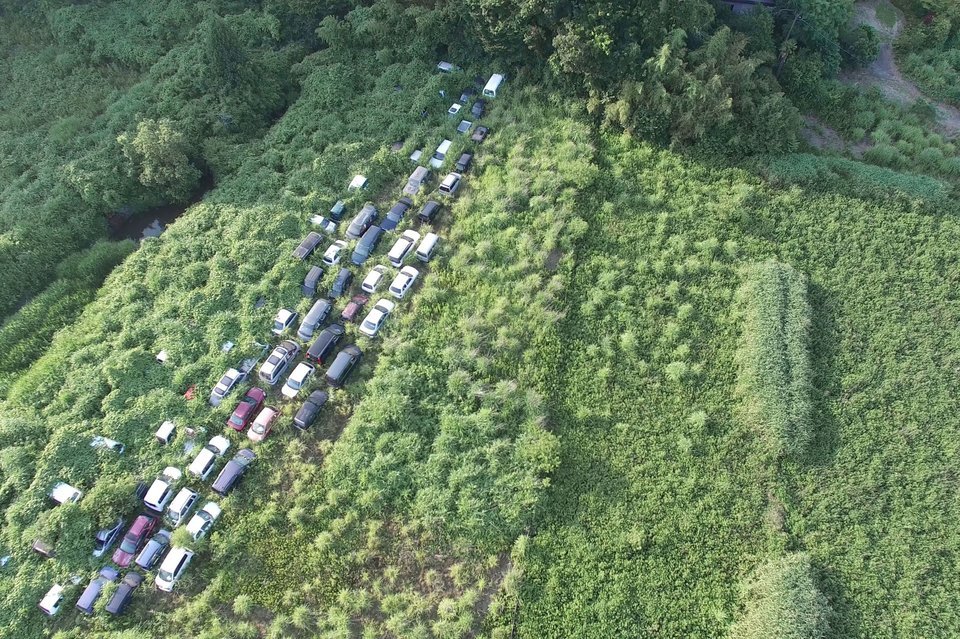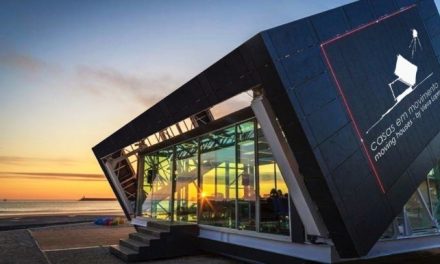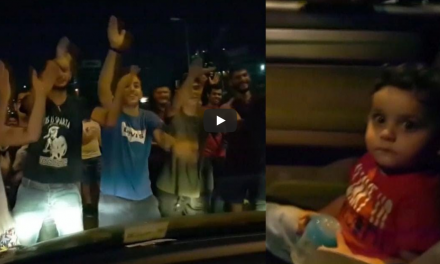Photographer and filmmaker Arkadiusz Podniesiński visited Fukushima for the first time seven years after visiting Chernobyl. He went to see how the cleanup process was going and how the nuclearly devastated areas compared. In his mind, they have much in common and he highlighted some of it with his photos below.
Take a look at the eerie pics.

Though Podniesinki didn’t have access to the worst-affected areas in the exclusion zone, the towns he did reach were chilling. He said, “Futaba, Namie and Tomioka are ghost towns whose emptiness is terrifying and show a tragedy that affected hundreds of thousands of people.”
RELATED ARTICLES:
- Fukushima- And Its Lingering Effects On Fish
- Breaking: Fukushima Reactor #2 Pressure Vessel Breached, Rising to “Unimaginable” Levels of Radiation.
An aerial photograph taken by a drone of dump sites with sacks of contaminated radioactive soil. To save space they are stacked in layers, one on top of the other.

Inside a supermarket.

An aisle of a supermarket with products left on the floor; since the disaster, nature has been at work and cobwebs now hang between the shelves.

A school gymnasium.

Go karts lined up and ready to race.

A gaming saloon once bustling with people is now empty.

Computer screens left unattended.

One of the classrooms on the first floor in a school, there is still a mark below the blackboard showing the level of the tsunami wave.
On the blackboard in the classroom are words written by former residents, schoolchildren, and workers in an attempt to keep up the morale of all of the victims, including “We can do it, Fukushima!”

There are currently approximately 360 cattle owned by Masami Yoshizawa who returned to his farm after the disaster. The cracks in the earth were caused by the earthquake.

A stack of radiation-contaminated televisions.

A motorbike left next to a lamppost in 2011. Since the disaster, weeds have grown over much of the bike’s wheel.

Source: The Earth Child












